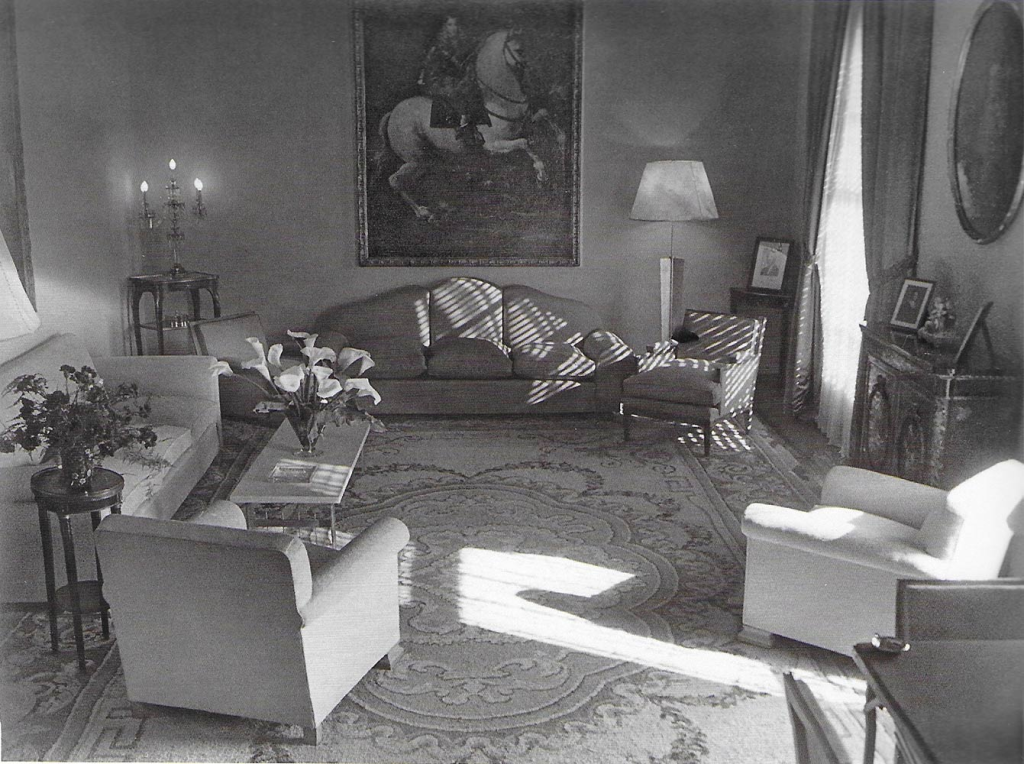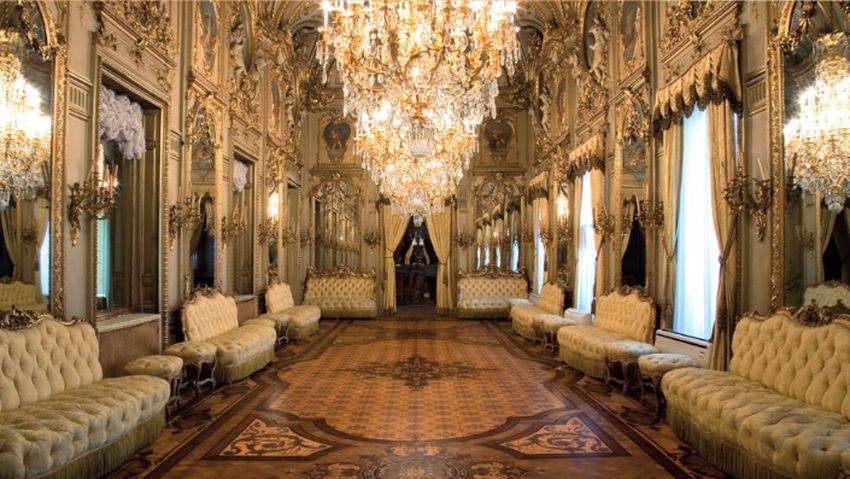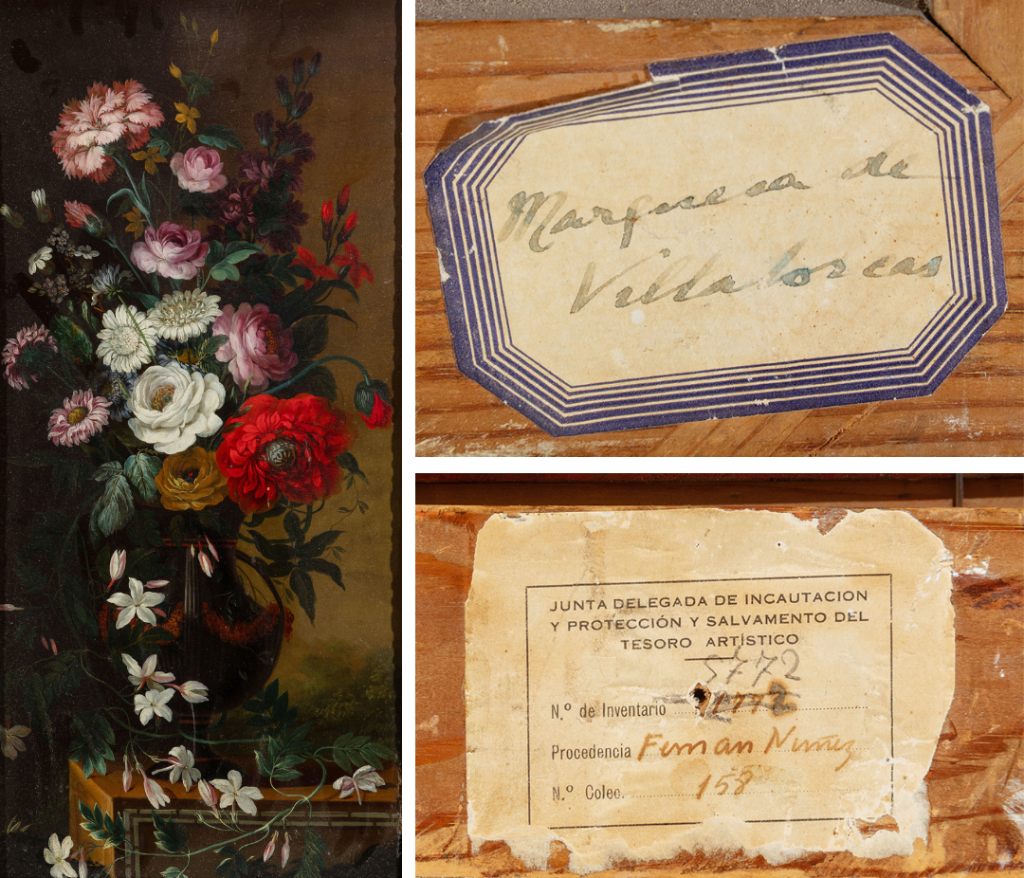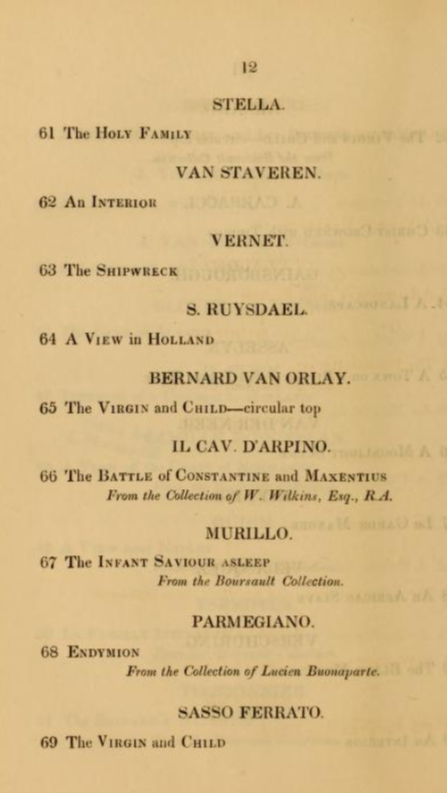Knowing the history and provenance of a work of art is an exciting challenge faced by researchers and collectors. Delving into its past and trajectory can be achieved thanks to the clues that the works themselves leave on their backs: inscriptions, sealing wax seals or labels that reveal their provenance and authenticity.
The auction on November 20 at Setdart is the perfect reflection of the passion for collecting, of the meticulous study and care with which a private collection is formed. Each piece in this selection responds to a rigorous criterion, where quality and excellence are the fundamental premises, covering different schools, disciplines and masters.
Portrait of the Marquise of Villatorcas by Agustín Esteve


We begin our tour of this private collection with the portrait of the Marquesa de Villatorcas, painted by Agustín Esteve around 1790. On the back of the work there is a label with the inventory number and a possible reference to the palace of the Counts of Cervellón, where the artist would have portrayed the lady.

The dynastic union of the houses of Cervellón and the Dukes of Fernán Nuñez allowed both collections to merge during the 19th century. Since then, the Palace of Fernán Nuñez, in Madrid’s Santa Isabel Street, was the main space where this artistic ensemble was kept.

This majestic building, the scene of historic meetings and celebrations, was the family residence until the mid-twentieth century, preserving part of the essence and splendor of the Spanish nobility.
Memory on the reverse side: labels, stamps and art history

On the back of the still life of flowers attributed to Benito Espinós is a piece of paper belonging to the Junta de Incautación y Salvamento del Patrimonio Artístico. During the Civil War, the government of the Second Republic created this commission to rescue and protect the country’s private collections from bombing.
Thanks to these labels and the work of the Board, today we know with greater precision the trajectory of many pieces that are part of the Spanish art market. Each inscription or mark thus becomes a tangible trace of a work’s historical journey, giving it both documentary and emotional added value.
Murillo’s work and his trip from England

Among the most outstanding pieces in this private collection is the “Sleeping Baby Jesus” by Bartolomé Esteban Murillo, a work that holds a fascinating story behind it.
On its reverse we find several clues that reveal its route: a label with the title “Murillo, Infant Christ Saviour Asleep“, a blue wax seal and a stamp of the London restorer Francis Leedham, active in the second third of the 19th century.
These clues made it possible to trace Murillo’ s work to the collection of the English magnate Edmund Higginson, who kept it in his castle in Saltmarshe. In the guide of his collection, as well as in the catalog of Christie’s sale in 1846, it appears with the same title and current measurements.



Detail of the guide of the Saltmarshe collection, with the painting by Murillo “Infant Christ asleep” preserved in the main hall of the house.second image page of the catalog of the Christie’s auction lot 67, 1846.
In addition, other works with similar labels and stamps have been identified in institutions such as the MET in New York or the National Gallery in London, which reinforces the authenticity and relevance of this piece.
Before belonging to Higginson, the work had been part of the private collection of the politician and art dealer François Bourseault, auctioned in Paris in 1832. Another Murillo of his, The Adoration of the Shepherds, is now in the Wallace Collection in London, confirming the extraordinary quality of his artistic taste.
The legacy of the connaisseur
The upcoming auction of the “Connaisseur’s Legacy” at Setdart invites you to delve into the hidden history of these masterpieces: pieces that, beyond their beauty, narrate centuries of lineage, collecting and passion for art.
We invite you to know in depth each of the details and most enigmatic elements of the works of art of the upcoming auction on November 20.
If you have a private collection and you are interested in selling it, Setdart’s team of specialists will advise you to get the best result. Ask for a free and confidential appraisal.
If you liked this article you may also be interested in:
Alexandre de Riquer: the total artist of modernism
The Granados collection: legacy and passion for art



